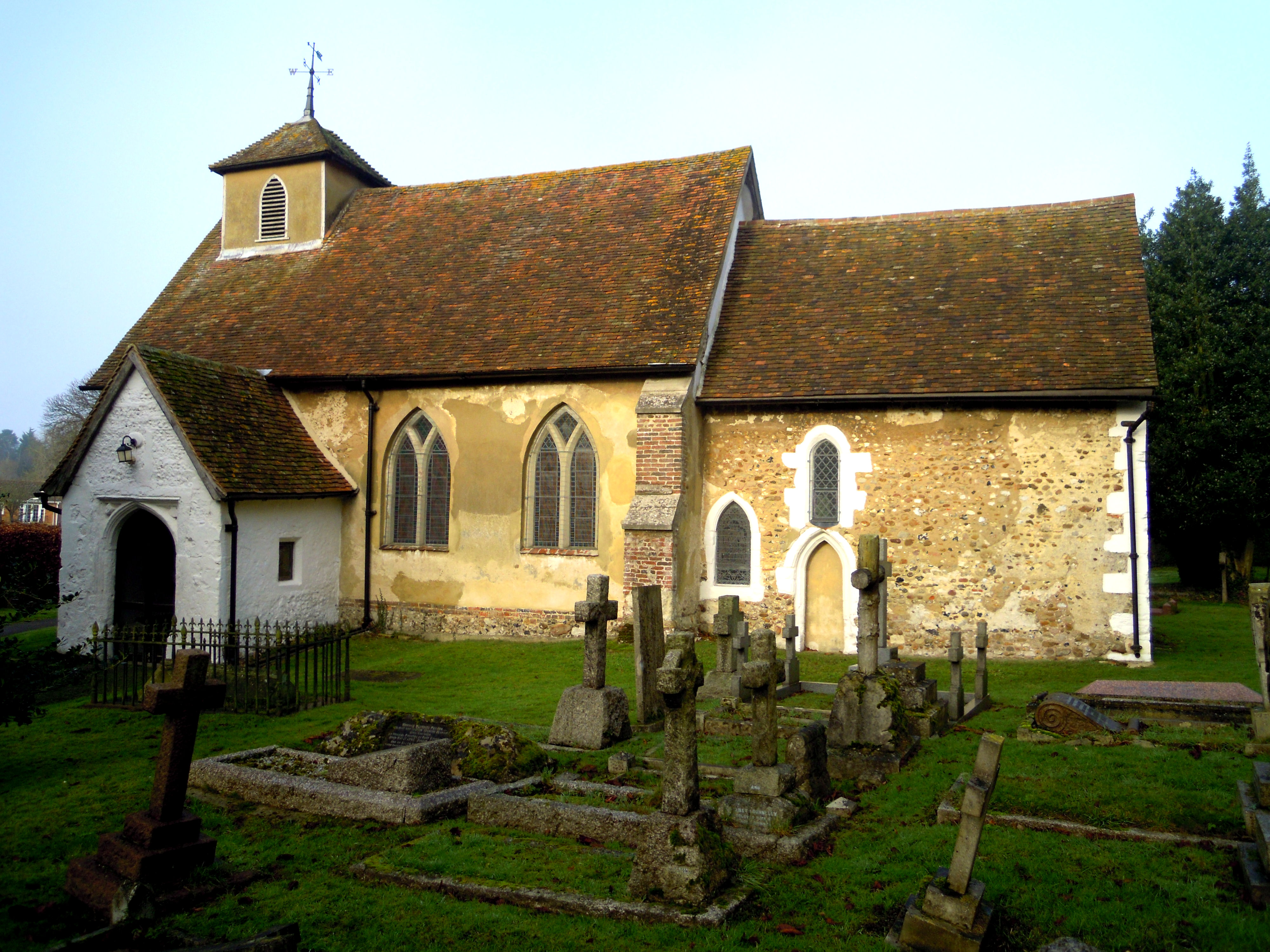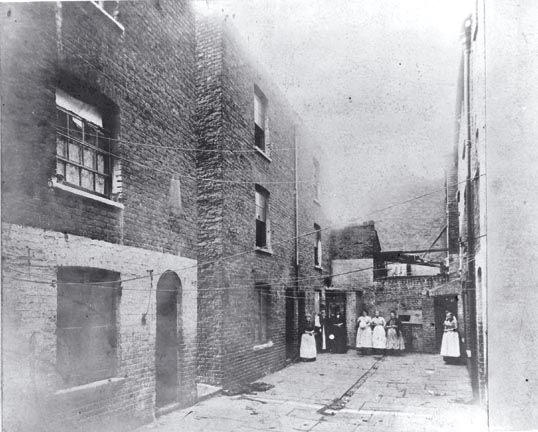|
New Towns In Wales
The new towns in the United Kingdom were planned under the powers of the New Towns Act 1946 and later acts to relocate populations in poor or bombed-out housing following the Second World War. They were developed in three waves. Later developments included the expanded towns: existing towns which were substantially expanded to accommodate what was called the "overspill" population from densely populated areas of deprivation. Designated new towns were removed from local authority control and placed under the supervision of a development corporation. These corporations were later disbanded and their assets split between local authorities and, in England, the Commission for New Towns (later English Partnerships). Historical precedents Garden cities The concept of the "garden city" was first envisaged by Ebenezer Howard in his 1898 book '' To-morrow: A Peaceful Path to Real Reform,'' as an alternative to the pollution and overcrowding in Britain's growing urban areas. Taking in ... [...More Info...] [...Related Items...] OR: [Wikipedia] [Google] [Baidu] |
New Towns Act 1946
The New Towns Acts were a series of Acts of the Parliament of the United Kingdom to found new settlements or to expand substantially existing ones, to establish Development Corporations to deliver them, and to create a Commission to wind up the Corporations and take over their assets and liabilities. Of these, the more substantive acts were the New Towns Act 1946 and the Town Development Act 1952. "The New Towns Act 946was intended to pre-emptively direct urban growth and infrastructural development into new towns, thereby decentralising population and economic opportunity while inhibiting urban sprawl." New Towns were developed in three generations. *The first generation set up in the late 1940s concentrated predominantly on housing development on greenbelt sites with little provision for cars; eight were in a ring around London. *The second generation in the early 1960s included a wider mix of uses and used more innovative architecture. *The third generation towns were larger ... [...More Info...] [...Related Items...] OR: [Wikipedia] [Google] [Baidu] |
Letchworth
Letchworth Garden City, commonly known as Letchworth, is a town in the North Hertfordshire district of Hertfordshire, England. It is noted for being the first garden city. The population at the time of the 2011 census was 33,249. Letchworth was an ancient parish, appearing in the Domesday Book of 1086. It remained a small rural village until the start of the twentieth century. The development of the modern town began in 1903, when much of the land in Letchworth and the neighbouring parishes of Willian and Norton was purchased by a company called First Garden City Limited, founded by Ebenezer Howard and his supporters with the aim of building the first "garden city", following the principles Howard had set out in his 1898 book, ''To-morrow: A Peaceful Path to Real Reform''. Their aim was to create a new type of settlement which provided jobs, services, and good housing for residents, whilst retaining the environmental quality of the countryside, in contrast to most indust ... [...More Info...] [...Related Items...] OR: [Wikipedia] [Google] [Baidu] |
Becontree
Becontree or Both pronunciations are given as Received Pronunciation in the Longman Pronunciation Dictionary, but the form is prioritised (). The dialectologist Peter Wright wrote in 1981 that is the traditional pronunciation in the cockney dialect () is an area of approximately in the London Borough of Barking and Dagenham. It is located east-northeast of Charing Cross and was constructed in the interwar period as the largest public housing estate in the world. The Housing Act 1919 permitted the London County Council to build housing outside the County of London and Becontree was constructed between 1921 and 1935 to cottage estate principles in the parishes of Barking, Dagenham and Ilford, then in Essex. The official completion of the estate was celebrated in 1935, by which time the estate had a population of around 100,000 people in 26,000 homes. The building of the estate caused a huge increase in population density, which led to demands on services and reforms o ... [...More Info...] [...Related Items...] OR: [Wikipedia] [Google] [Baidu] |
List Of London County Council Housing Developments
__NOTOC__ This is a list of major London County Council housing developments in the period 1889-1965: Follow on After the LCC transitioned into the GLC in 1965, many of the architectural staff stayed on in the Council's Architect's Department, whilst others moved to individual London boroughs See also * List of large council estates in the UK References External links *Museum of London Council Housing {{DEFAULTSORT:London County Council housing developments Housing estates in London, New towns in England, London County Council London-related lists London County Council, Housing developments ... [...More Info...] [...Related Items...] OR: [Wikipedia] [Google] [Baidu] |
London County Council
London County Council (LCC) was the principal local government body for the County of London throughout its existence from 1889 to 1965, and the first London-wide general municipal authority to be directly elected. It covered the area today known as Inner London and was replaced by the Greater London Council. The LCC was the largest, most significant and most ambitious English municipal authority of its day. History By the 19th century, the City of London Corporation covered only a small fraction of metropolitan London. From 1855, the Metropolitan Board of Works (MBW) had certain powers across the metropolis, but it was appointed rather than elected. Many powers remained in the hands of traditional bodies such as parishes and the counties of Middlesex, Surrey and Kent. The creation of the LCC in 1889, as part of the Local Government Act 1888, was forced by a succession of scandals involving the MBW, and was also prompted by a general desire to create a competent government fo ... [...More Info...] [...Related Items...] OR: [Wikipedia] [Google] [Baidu] |
London
London is the capital and List of urban areas in the United Kingdom, largest city of England and the United Kingdom, with a population of just under 9 million. It stands on the River Thames in south-east England at the head of a estuary down to the North Sea, and has been a major settlement for two millennia. The City of London, its ancient core and financial centre, was founded by the Roman Empire, Romans as ''Londinium'' and retains its medieval boundaries.See also: Independent city#National capitals, Independent city § National capitals The City of Westminster, to the west of the City of London, has for centuries hosted the national Government of the United Kingdom, government and Parliament of the United Kingdom, parliament. Since the 19th century, the name "London" has also referred to the metropolis around this core, historically split between the Counties of England, counties of Middlesex, Essex, Surrey, Kent, and Hertfordshire, which largely comprises Greater London ... [...More Info...] [...Related Items...] OR: [Wikipedia] [Google] [Baidu] |
United Kingdom
The United Kingdom of Great Britain and Northern Ireland, commonly known as the United Kingdom (UK) or Britain, is a country in Europe, off the north-western coast of the European mainland, continental mainland. It comprises England, Scotland, Wales and Northern Ireland. The United Kingdom includes the island of Great Britain, the north-eastern part of the island of Ireland, and many List of islands of the United Kingdom, smaller islands within the British Isles. Northern Ireland shares Republic of Ireland–United Kingdom border, a land border with the Republic of Ireland; otherwise, the United Kingdom is surrounded by the Atlantic Ocean, the North Sea, the English Channel, the Celtic Sea and the Irish Sea. The total area of the United Kingdom is , with an estimated 2020 population of more than 67 million people. The United Kingdom has evolved from a series of annexations, unions and separations of constituent countries over several hundred years. The Treaty of Union between ... [...More Info...] [...Related Items...] OR: [Wikipedia] [Google] [Baidu] |
Slum Clearance In The United Kingdom
Slum clearance in the United Kingdom has been used as an urban renewal strategy to transform low income settlements with poor reputation into another type of development or housing. Early mass clearances took place in the country's northern cities. Starting from 1930, councils were expected to prepare plans to clear slum dwellings, although progress stalled upon the onset of World War II. Clearance of slum areas resumed and increased after the war, while the 1960s saw the largest number of house renewal schemes pursued by local authorities, particularly in Manchester where it was reported around 27% 'may' have been unfit for human habitation - Although the majority were well built solid structures which could have been renovated or repurposed; housing, churches, schools and pubs which formed close-knit communities were devastated, with families dispersed across other areas. Towards the end of the decade, a housing act in 1969 provided financial encouragement for authorities and la ... [...More Info...] [...Related Items...] OR: [Wikipedia] [Google] [Baidu] |
Inner City
The term ''inner city'' has been used, especially in the United States, as a euphemism for majority-minority lower-income residential districts that often refer to rundown neighborhoods, in a downtown or city centre area. Sociologists sometimes turn the euphemism into a formal designation by applying the term ''inner city'' to such residential areas, rather than to more geographically central commercial districts. The word "downtown" is also used to describe the inner city or city centre – primarily in North America – by English-speakers to refer to a city's commercial, cultural and often the historical, political and geographic heart, and is often contiguous with its central business district. In British English, the term "city centre" is most often used, "''centre-ville''" in French, ''centro storico'' in Italian, ''Stadtzentrum'' in German or ''shìzhōngxīn'' (市中心) in Chinese. The two terms are used interchangeably in Canada. A few US cities, such as Phila ... [...More Info...] [...Related Items...] OR: [Wikipedia] [Google] [Baidu] |
Urban Area
An urban area, built-up area or urban agglomeration is a human settlement with a high population density and infrastructure of built environment. Urban areas are created through urbanization and are categorized by urban morphology as cities, towns, conurbations or suburbs. In urbanism, the term contrasts to rural areas such as villages and hamlets; in urban sociology or urban anthropology it contrasts with natural environment. The creation of earlier predecessors of urban areas during the urban revolution led to the creation of human civilization with modern urban planning, which along with other human activities such as exploitation of natural resources led to a human impact on the environment. "Agglomeration effects" are in the list of the main consequences of increased rates of firm creation since. This is due to conditions created by a greater level of industrial activity in a given region. However, a favorable environment for human capital development would als ... [...More Info...] [...Related Items...] OR: [Wikipedia] [Google] [Baidu] |
Housing Estate
A housing estate (or sometimes housing complex or housing development) is a group of homes and other buildings built together as a single development. The exact form may vary from country to country. Popular throughout the United States and the United Kingdom, they are often areas of high-density, low-impact residences of single-family detached homes and often allow for separate ownership of each housing unit, for example through subdivision. In major Asian cities, such as Hong Kong, Kuala Lumpur, Shanghai, Shenzhen, Singapore, Seoul, Taipei, and Tokyo, an estate may range from detached houses to high-density tower blocks with or without commercial facilities; in Europe and America, these may take the form of town housing, high-rise housing projects, or the older-style rows of terraced houses associated with the Industrial Revolution, detached or semi-detached houses with small plots of land around them forming gardens, and are frequently without commercial facilities an ... [...More Info...] [...Related Items...] OR: [Wikipedia] [Google] [Baidu] |







